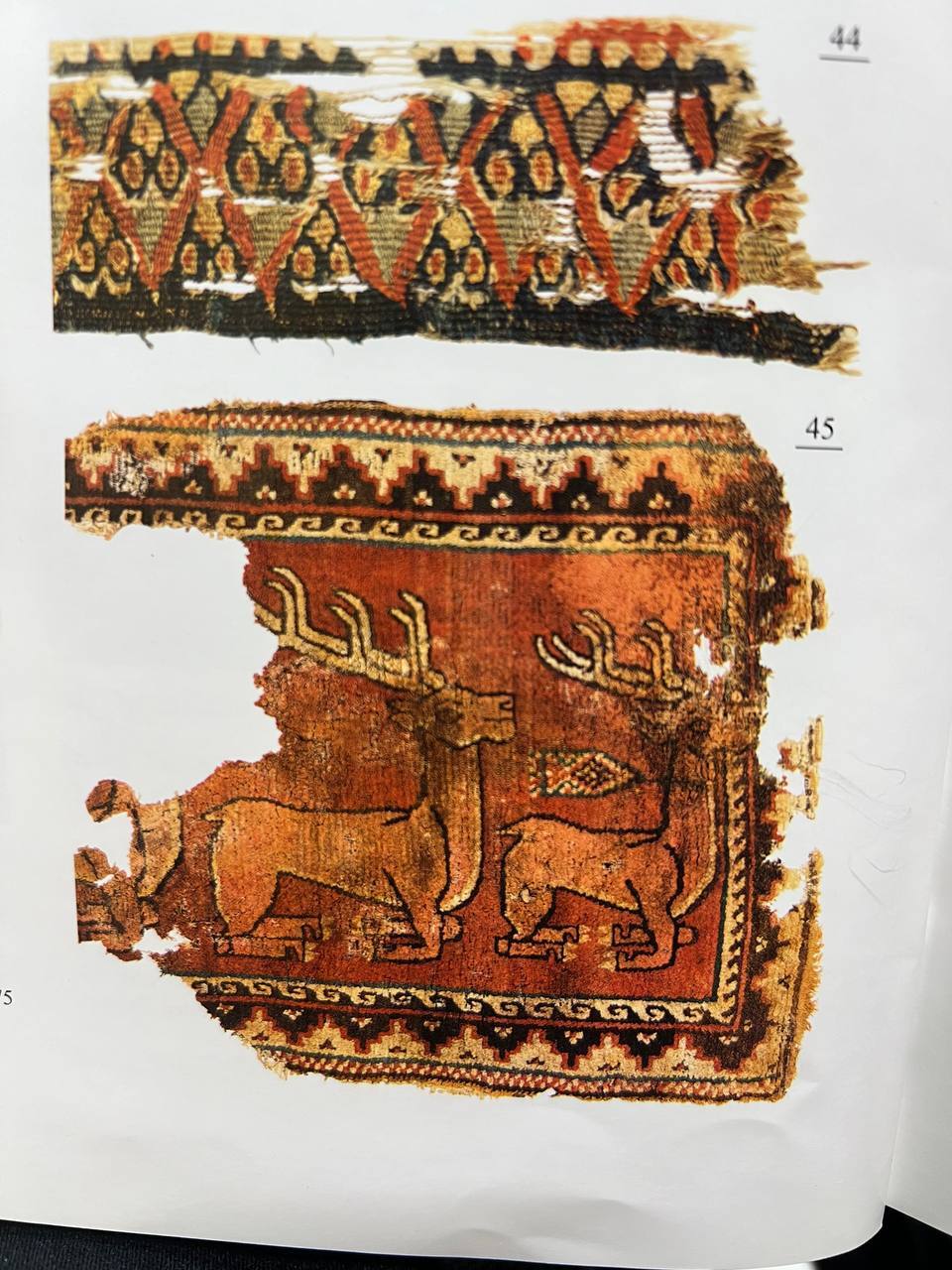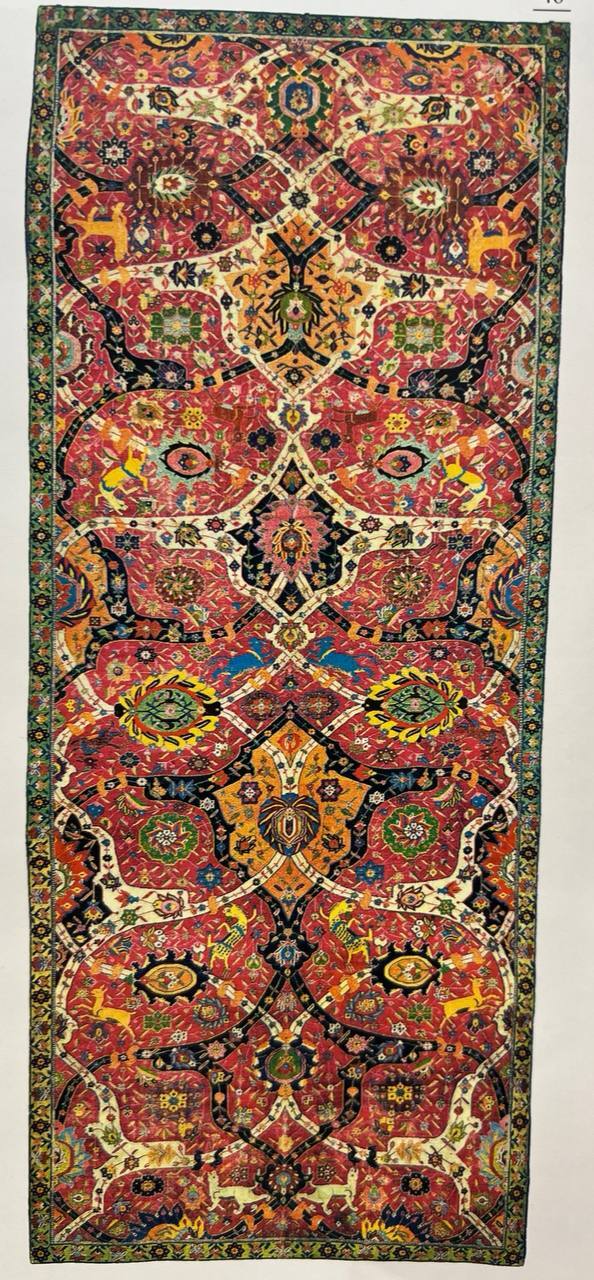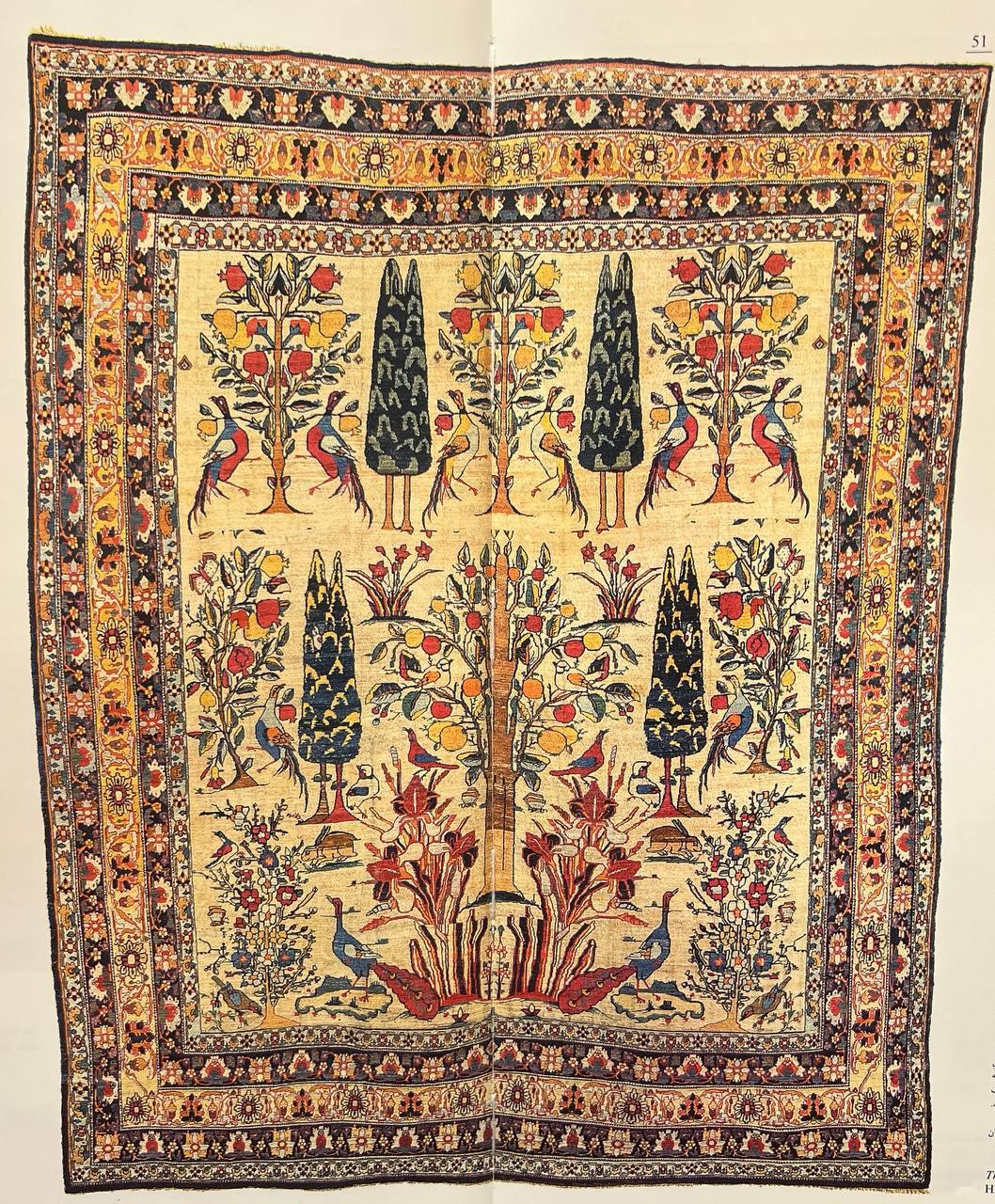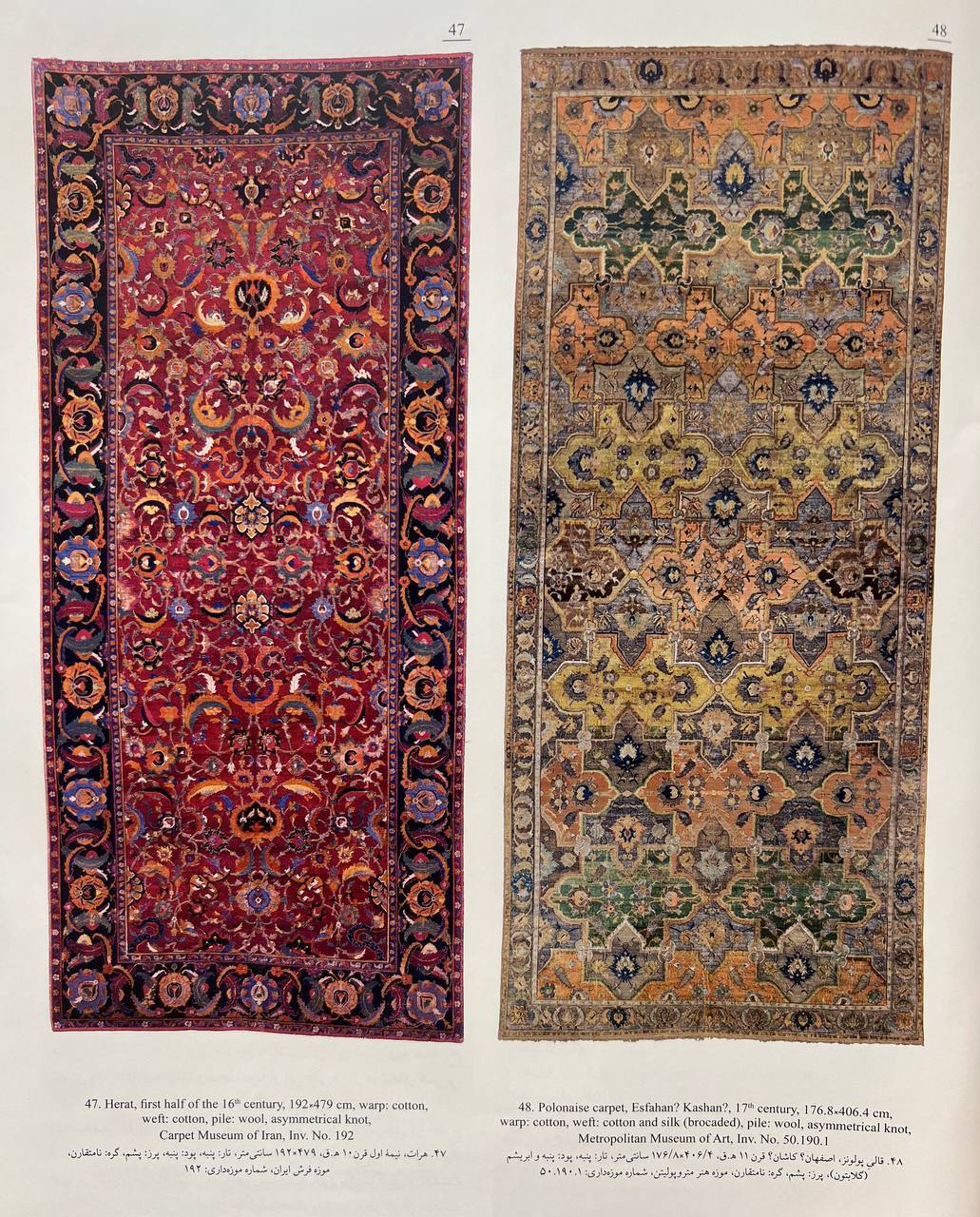The glorious period age of Persian shop carpet during the Safavid era is considered to be Iran’s brilliant age of persian carpet weaving after the Sassanian era, and several pieces of gelim and persian carpet have remained of this period. The glorious period age of Persian carpet during the Safavid era

Isma’il I, then Shah Tahmasp and Shah Abbas the great are known for having been personally interested in pesian carpet production. Persian Carpets were woven in palace workshops and on urban and village looms. These carpets, also known as town persian carpets are kept in museums and private collections around the world.
Apart from those woven in court workshops, there are classic town carpets, which were not woven in court workshops. some of them can be identified by examining the quality of designs, designs and raw materials. These examples attest to the importance and popularity of this product in the Safavid era.

In the Safavid period various workshops were held under the king’s supervision for carpet weaving, and it is said that some of the Safavid kings visited the workshops in person.
Few examples of a nomadic persian carpet remain from the Safavid period. It is still a mystery why there have remained few tribal and rustic pieces from this golden age of persian carpet weaving in Iran.(The glorious period age of Persian carpet during the Safavid era)
One of the important speculations for this is the promotion of exquisite urban carpets, often at the request of the king, local governors and their dependants. Something special must have happened during the 250-year rule of the Safavids far from the eyes of historians.

*There are four groups of Safavid carpets and gelims that are well-known among persian carpet experts.
1. Salting: As the first known example of this group was donated by English collector, George
Salting, to the Victoria and Albert Museum.
2. Sanguszko: Since the most famous and relatively outstanding carpet of this group belonged to Prince Roman Sanguszko it was known as Sanguszko.
3. Polonaise: since the first group of Polonaise carpets, including four gelims and one carpet, was sent from Poland to the Munich exhibition, they were thought to be woven in Poland. Today it has been proven and accepted by the world’s carpet experts that these carpets were indeed woven in Iran.(The glorious period age of Persian carpet during the Safavid era)
4. Herat: As their name suggests, these carpets are attributed to Herat. In the past decade, many have suggested that these carpets might actually be woven in Yazd or Esfahan.

Although some researchers believe that, after the glorious Safavid period , the tradition of carpet weaving in Iran was faced with instability and decline for about 150 years, the obtained examples indicate another claim.
It is interesting that even a king like Nader, who spent most of his short period of reign at war and conquest, and never had the opportunity to support art or pay special attention to Persian carpets, like the Safavid kings, did not ignore the aesthetic effects of all kinds of art, even the carpet.(The glorious period age of Persian carpet during the Safavid era)
According to the documents preserved in the library of Astan-e Qods-e Razavi, among the great booty that Nader Shah brought from India, there were also persian carpets.
It is most likely that some of the magnificent pieces of this museum, considered to be among the most significant treasures of India’s Mongolian carpets in the world, are gifts from Nader Shah to Imam Reza’s Shrine.

Although carpet weavers have attributed carpets to the 18th century, especially the first half of this century, the pen owner has so far seen only one example of a carpet with katibeh (inscription) that has an almost identical pair.
In contrast, since the first decade of the 13th century, we have gradually come across examples of some with inscriptions engraved on them, not only a seal of approval for the continuation of the Iranian carpet-weaving tradition, but also a reassuring reason for a reduction or perhaps a cessation. There is no possibility of carpet weaving during the 12th century.(The glorious period age of Persian carpet during the Safavid era)

In contrast, since the 19th century we have gradually come across examples of persian carpets, some of which with inscriptions, that confirm the continuation of the tradition of Persian carpet-weaving and prove that the production process never stopped or faced significant decrease during the 18th century. Some of these carpets from the 18th and 19th centuries represent the creativity and constant endeavor of Iranian weavers from all around the country.
